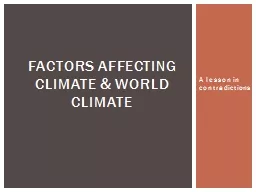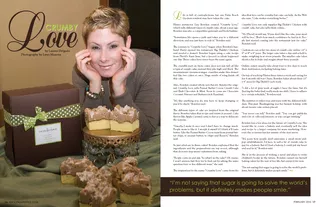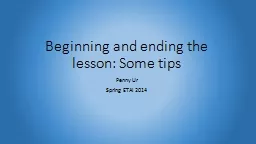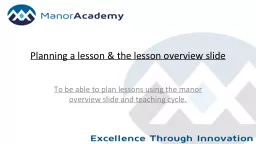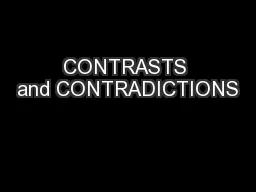PPT-A lesson in contradictions
Author : conchita-marotz | Published Date : 2018-03-19
Factors affecting climate amp World Climate LEC Latitude Elevation and Climate Latitudes have three levels Low which is between 30 degrees South and 30 degrees
Presentation Embed Code
Download Presentation
Download Presentation The PPT/PDF document "A lesson in contradictions" is the property of its rightful owner. Permission is granted to download and print the materials on this website for personal, non-commercial use only, and to display it on your personal computer provided you do not modify the materials and that you retain all copyright notices contained in the materials. By downloading content from our website, you accept the terms of this agreement.
A lesson in contradictions: Transcript
Download Rules Of Document
"A lesson in contradictions"The content belongs to its owner. You may download and print it for personal use, without modification, and keep all copyright notices. By downloading, you agree to these terms.
Related Documents

